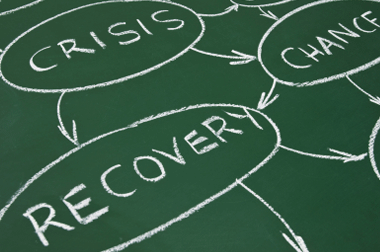
While there are several important aspects of disaster recovery and backup solutions, a service provider can really only be as good as its data centers. Other aspects, such as support, availability, and integrity are all essential for a good disaster recovery service provider, but if its data center is insecure, then it ultimately has no backbone.
Businesses choose disaster recovery and backup solutions because they understand the risks of data loss and business downtime. First and foremost, businesses think of their geographic location and the type of natural disasters that can happen there. Events such as floods, tornadoes, hurricanes, and earthquakes are all good reasons to outsource your data backup.
But what good would this be if your disaster recovery service provider had a poorly located data center? They would essentially be at as much risk of your business in terms of power outages and other disturbances.
A recent LinkedIn article explains why it’s important to consider the geographic location of data centers when choosing a disaster recovery service provider:
“It’s important to consider whether a DRaaS provider has a secure data center that’s located somewhere without any geographic hazards (e.g., on an earthquake fault line or in a tornado-prone area). Also, consider whether the data center employs redundant networks, communication links, and power supplies, and whether it has adequate fire suppression mechanisms.”
Of course, it’s important to consider this factor before committing to a service provider. But if you discover that your service provider’s data center is in an unsafe area, it should immediately throw up a red flag – again, stressing how important it is to inquire of the location of a disaster recovery service provider, no matter how credited they are.
At AE Technology Group, we boast a guaranteed 99.9% uptime, most of all because of our geographically distributed data centers. We utilize Tier 4 data centers in different areas so that your business’ data is as secure a possible.
If you would like more information about disaster recovery and backup solutions, contact us.

